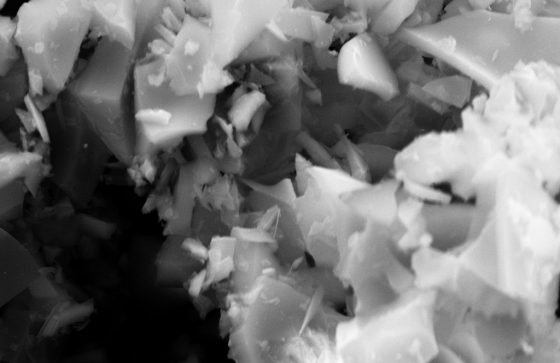Assessment on filtering power of sands
Scientific consulting
The customer company, which deals with industrial plants, noted that not all the batches of filter sands purchased actually had the same filtering power.
The defect was noticeable only after the use of a new batch of sand inside the system, causing considerable operational problems because the operator was forced to stop again the plant for the complete replacement of the filter.
Targets of the project
Understanding why some sands worked and others didn't
Experimental verification of the hypothesis
Find a simple and inexpensive method to predict filtering capacity
The origin of the filtering capacity of the sands was analyzed: it was a physical filtering based on the micrometric porosity of the sands which was able to retain impurities.
Probably, only a few batches of sand actually had the proper porosity for the type of filtration required.
Subsequently, the most suitable experimental technique was identified to verify the presence of the required micrometric porosities, which turned out to be the scanning electron microscope (SEM).
The working and non-functioning sands were analyzed, revealing that only the working sands had the actual porosity on a micrometer scale, as shown by the images.


The customer’s main request was a simple and effective method to understand if a sand is filtering or not, without having to use it to fill the entire system.
SEM microscopy has proved suitable for this purpose.
-
Target 1
Scientific analysis of the issue
The origin of the filtering capacity of the sands was analyzed: it was a physical filtering based on the micrometric porosity of the sands which was able to retain impurities.
Probably, only a few batches of sand actually had the proper porosity for the type of filtration required.
-
Target 2
Sand analysis
Subsequently, the most suitable experimental technique was identified to verify the presence of the required micrometric porosities, which turned out to be the scanning electron microscope (SEM).
The working and non-functioning sands were analyzed, revealing that only the working sands had the actual porosity on a micrometer scale, as shown by the images.


-
Target 3
Predictivity
The customer’s main request was a simple and effective method to understand if a sand is filtering or not, without having to use it to fill the entire system.
SEM microscopy has proved suitable for this purpose.
Result
The customer can commission a simple electron microscope analysis, costing a few hundred euros, instead of risking to lose thousands due to having to shut down a plant and change the sand every time a new one is inserted.